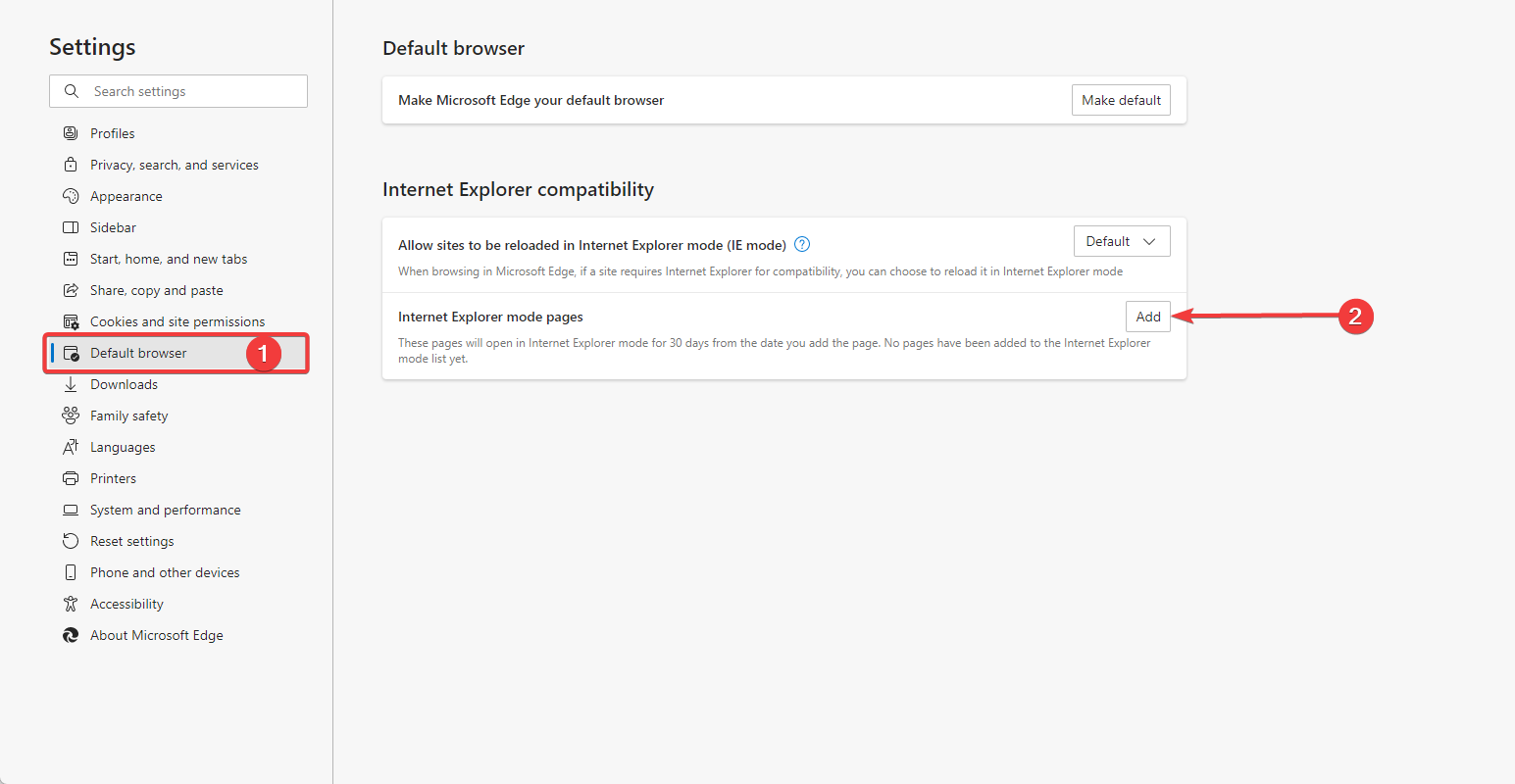How to Run Java Applet Program in Web Browser in 4 Ways
Java applets provide interactive features to web applications
- Java applets are small applications written in the Java programming language.
- They can be installed and run automatically as part of a web document.
- Any browser that has JVM operating in it can run Java applets.
- To operate it in a browser, you must create an HTML text file with a tag that loads the applet.

Let’s start by saying only two browsers still officially support Java. Just Internet Explorer and Safari. There are workarounds for certain browsers, while Firefox is the only exception out of all major browsers.
If you get the error your browser is not set up to run the applet program in Java, you’ll need to enable Java in browsers from the Java Control Panel and do some tweaking.
Depending on your browser of choice, we have instructions on how to run java applets. Check the steps below.
Can Java applets run from a web browser?
Java applets used to be able to run from a web browser, but support for Java applets in modern web browsers has been largely phased out due to security concerns.
They were a popular way to provide interactive web page content, but they have fallen out of favor recently. Java applets run in a sandboxed environment within the web browser, which can help to prevent them from causing harm to the user’s computer or the web page they are visiting.
However, Java applets also have access to system resources, making them a potential security risk if they need to be correctly designed and implemented.
Most modern web browsers, including Google Chrome, Mozilla Firefox, and Microsoft Edge, no longer support Java applets by default.
Some browsers may still offer the option to enable Java support, but this is generally not recommended due to the security risks involved. Instead, web developers are encouraged to use other technologies like HTML5 and JavaScript to provide interactive content on their web pages.
How can I run Java Applets in a browser?
1. Enable Java content for browsers
Before you can run the applet program in Java on your favorite browser, you need to enable Java content. This can be done via Settings, after you install Java on your PC.
Expert tip:
SPONSORED
Some PC issues are hard to tackle, especially when it comes to missing or corrupted system files and repositories of your Windows.
Be sure to use a dedicated tool, such as Fortect, which will scan and replace your broken files with their fresh versions from its repository.
The Java applet will then be displayed on the web page by making use of the deprecated applet HTML element, or the recommended object element.
1. Download and install Java for Windows.
2. In the Windows Search bar, type Java and open Configure Java from the list of results.
3. In the Java Control Panel, check the Enable Java content for browser and Web Start applications box.

4. Click on Apply and OK to save the changes.
5. You can now run Java applets on your browser.
2. Run Java Applets in Google Chrome
- Launch your browser.
- Navigate to the IE Tab extension page. It stimulates the Internet Explorer engine to run Java Applets for Google Chrome.
- Click on Add to Chrome.
- After that, install the IE Tab Helper application on your PC. It’s a necessary tool if you want to run Java on Chrome.
- Lastly, you should be able to simulate the Internet Explorer engine in Chrome and use Java Applets without any issues.
3. Run Java applet in Microsoft Edge
- Launch the Edge browser.
- Click on the 3-dot menu and expand More tools.
- There, just click on the Open with Internet Explorer option.
- If you do not see that option, click the 3-dot menu, and select Settings.
- On the left pane, click Default browser, and on the right pane, select Add under the Internet Explorer Mode pages option.
- Enter the URL of the applet and hit Add.
If you get to a webpage with the Java content or Applets you need to run, the simple workaround is opening the page in Internet Explorer.
4. Enable Java Applet on Internet Explorer
- Now, the easiest way is to use Internet Explorer from the get-go. If you cannot run Java on Internet Explorer, then open Internet Explorer.
- Click on the cog Tools menu and open Internet Options.
- Under the Security tab, click on the Internet icon.
- Click on the Custom level.
- Make sure that the Scripting for Java applets is enabled.
- Restart Internet Explorer and try again.
If your preferred browser does not support Java, check out our dedicated article to find solutions. You may also use a Java applet viewer.
We hope you enabled and ran Java applets on your web browser. In the comments section below, let us know if you encounter any difficulties or have any questions regarding the process.
Still experiencing issues?
SPONSORED
If the above suggestions have not solved your problem, your computer may experience more severe Windows troubles. We suggest choosing an all-in-one solution like Fortect to fix problems efficiently. After installation, just click the View&Fix button and then press Start Repair.







